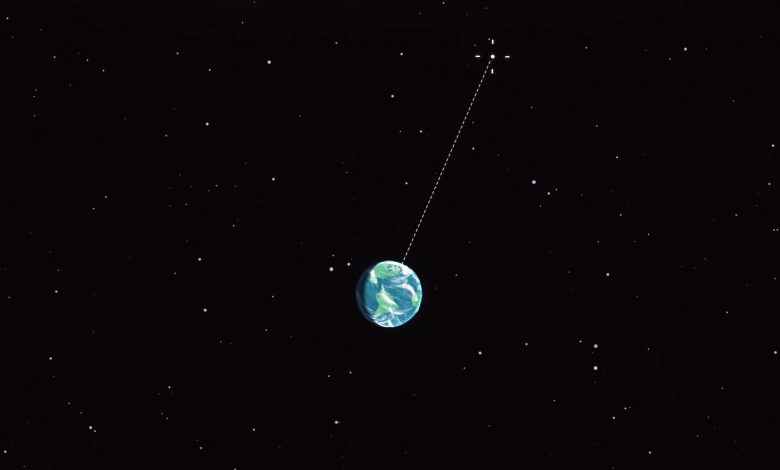Astronomers detect two new polars

Using multiple telescopes, astronomers have detected two new magnetic cataclysmic variable systems of the polar subclass and determined their fundamental properties. The finding, which could help us better understand the nature of polars in general, was published February 20 on the arXiv pre-print server.
Cataclysmic variables (CVs) are binary star systems comprising a white dwarf and a normal star companion. They irregularly increase in brightness by a large factor, then drop back down to a quiescent state. Polars are a subclass of cataclysmic variables distinguished from other CVs by the presence of a very strong magnetic field in their white dwarfs.
Recently, a team of astronomers led by Nikita Rawat of the Aryabhatta Research Institute of observational sciencES (ARIES) in India has investigated two CVs, namely: 1RXS J174320.1-042953 (or J1743 for short) and YY Sex (also known as RX J1039.7-0507), in order to shed more light on their nature. They analyzed new and archival data from ground-based facilities, such as the 1.3-m Devasthal Fast Optical Telescope (DFOT) in India, as well as the 1.5-m (AZT-22) and 0.6 m Zeiss-600 Northern telescopes at Maidanak observatory in Uzbekistan. The study was complemented by data from ESA’s XMM-Newton satellite.
“We have carried out detailed timing and spectral analyses of two candidate MCVs [magnetic cataclysmic variables], J1743 and YY Sex, using optical and X-ray data,” the researchers wrote in the paper.
In general, the study confirmed that J1743 and YY Sex are MCVs and found that they belong to the polar subclass. The optical spectra of both systems turned out to be very similar to the spectra of other known polars. The two objects show the most evident spectral signature of mass accretion—the presence of Hydrogen Balmer, He I, and He II emission lines.
In the case of J1743, its accretion rate varies on timescales of days, suggesting that it could be due to the variable strength of a constant stream. The polar has a mass accretion rate of at a level of about 5 × 10−12 solar masses per year, bolometric luminosity of approximately 40 nonillion erg/s. The white dwarf has a mass of approximately 0.75 solar masses, while the mass of the companion star is estimated to be 0.15 solar masses.
When it comes to YY Sex, the presence of several emission lines and strong hydrogen Balmer lines confirms the magnetic nature of accretion flow. Furthermore, the low and high states in the long-term light curve of this polar have been identified as well as the presence of only one period and its harmonics. The observations have also identified orbitally modulated circular polarization of this system. The mass of the secondary star of YY Sex was calculated to be about 0.09 solar masses.
The orbital periods of J1743 and YY Sex were measured to be approximately 2.08 and 1.57 hours, respectively. The authors of the paper concluded that for the derived orbital periods of J1743 and YY Sex, secondaries correspond to lower main-sequence stars of spectral classes M4.2 and M6.2, and effective temperatures of 3,260 K and 2,823 K, respectively.





